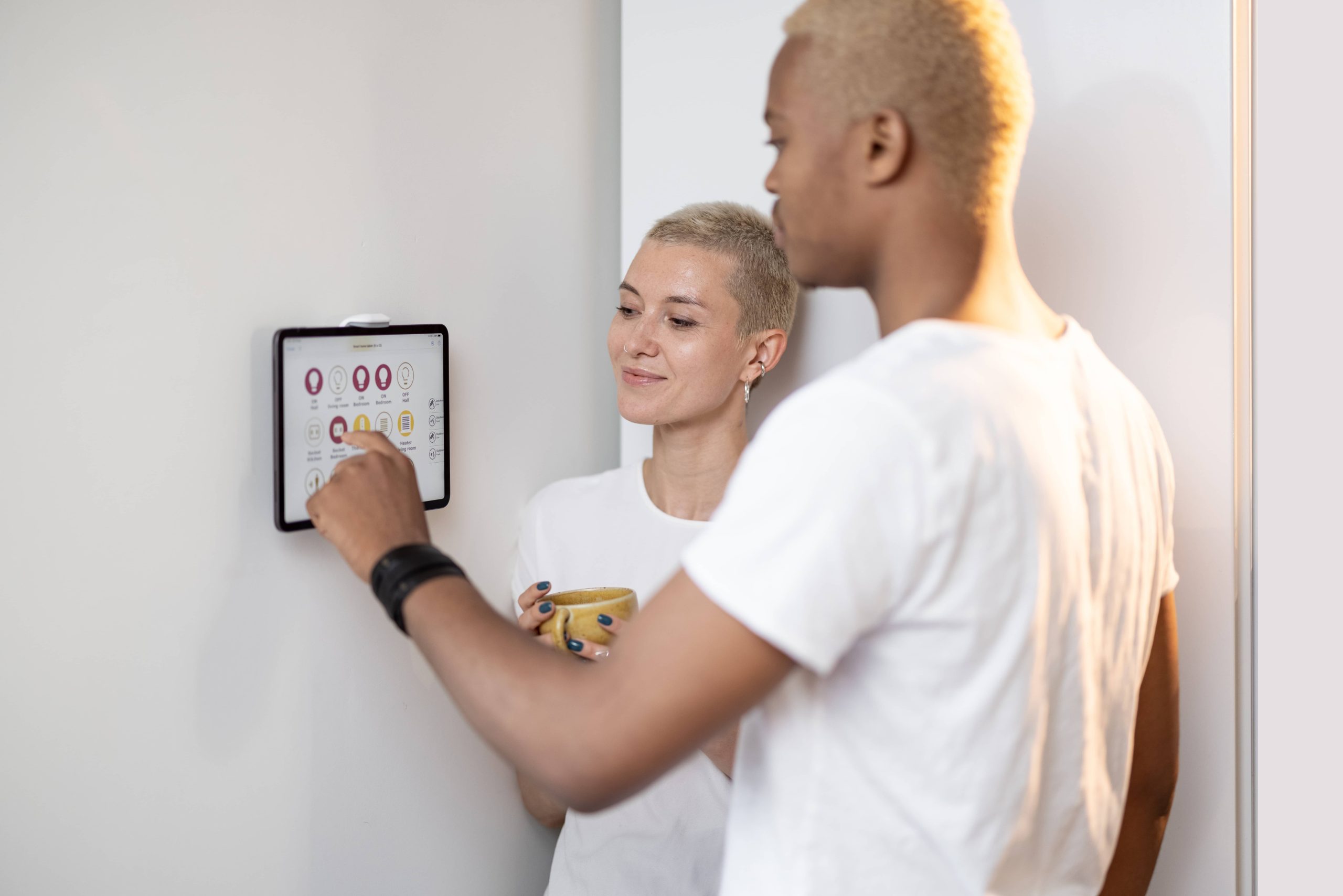
In the ever-evolving landscape of smart home technology, voice-activated systems have emerged as a transformative force, reshaping how we interact with our living spaces. From controlling lighting to adjusting thermostats, voice-activated home decoration is not just a futuristic concept but a present-day reality that is redefining interior design and home management.
The Rise of Voice-Activated Technology
Voice-activated technology has seen a meteoric rise in recent years, thanks to advancements in artificial intelligence and natural language processing. Devices like Amazon Echo, Google Home, and Apple’s HomePod have become household staples, offering users the convenience of controlling various aspects of their home environment with simple voice commands. This technology has transcended beyond basic functionalities, now playing a pivotal role in home decoration and design.
Seamless Integration with Smart Home Devices
One of the most significant advantages of voice-activated home decoration is its seamless integration with existing smart home devices. Imagine walking into your living room and saying, “Alexa, set the mood for a cozy evening,” and instantly, your lights dim, the curtains close, and your favorite playlist starts playing. This level of integration allows homeowners to create personalized environments that cater to their preferences and moods, enhancing the overall aesthetic and functionality of their homes.
Customization and Personalization
Voice-activated systems offer unparalleled customization and personalization options. Homeowners can program their devices to perform specific tasks or routines, such as adjusting lighting based on the time of day or changing the color of smart bulbs to match the season or occasion. This level of control allows for a dynamic and ever-changing home environment, where the decor can be effortlessly altered to suit the homeowner’s taste and lifestyle.
Enhancing Accessibility and Convenience
For individuals with mobility challenges or disabilities, voice-activated home decoration provides an added layer of accessibility and convenience. Tasks that may have been difficult or impossible to perform manually can now be accomplished with a simple voice command. This technology empowers individuals to maintain their independence and enjoy a more comfortable living experience.
The Role of AI in Home Decoration
Artificial intelligence plays a crucial role in the functionality of voice-activated home decoration systems. AI algorithms analyze user preferences and behaviors, learning over time to anticipate needs and suggest improvements. For instance, an AI-powered system might suggest rearranging furniture to optimize space or recommend new decor items based on the homeowner’s style preferences. This intelligent assistance not only enhances the aesthetic appeal of a home but also contributes to its overall efficiency and comfort.
Challenges and Considerations
While the benefits of voice-activated home decoration are numerous, there are also challenges and considerations to keep in mind. Privacy concerns are at the forefront, as these systems often require access to personal data to function effectively. Homeowners must be vigilant about securing their devices and understanding the data collection policies of the companies behind them.
Additionally, the initial setup and integration of voice-activated systems can be complex, requiring a certain level of technical expertise. However, as technology continues to advance, these processes are becoming more user-friendly and accessible to the average consumer.
The Future of Voice-Activated Home Decoration
The future of voice-activated home decoration is bright, with endless possibilities for innovation and improvement. As technology continues to evolve, we can expect even more sophisticated systems that offer greater levels of customization and integration. The potential for augmented reality (AR) and virtual reality (VR) to play a role in home decoration is also on the horizon, offering homeowners the ability to visualize and experiment with different design elements before making physical changes.
In conclusion, the emergence of voice-activated home decoration is a testament to the transformative power of technology in our daily lives. By offering convenience, customization, and accessibility, these systems are not only enhancing the aesthetic appeal of our homes but also improving our quality of life. As we continue to embrace and integrate these technologies into our living spaces, the possibilities for creating personalized and dynamic home environments are truly limitless.













